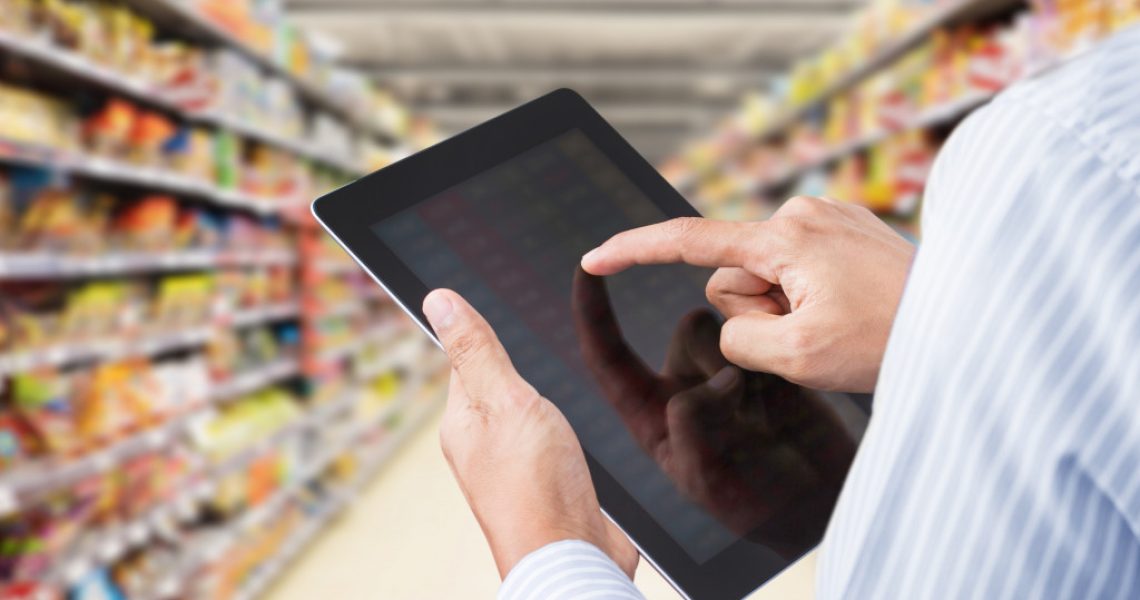The retail industry is one of the most important components of the economy, and it touches the lives of everyone in one way or another. In its simplest form, retail is buying goods from a store and selling them to customers. It’s proven its importance time and time again, even during tough economic times.
In 2021, the worldwide retail industry generated more than $26 trillion in sales. This just shows how vital the sector is to the global economy. Retail stores have been finding ways to improve their operations over the years. With the advent of technology, significant changes have taken place in retail stores, benefiting store owners and customers.
Let’s look at these five ways technology has changed how retail stores operate.
1. Security
Technology has changed how retail stores operate in several ways, but one of the most significant is security. Retail stores have had to rely on physical security measures such as locks and alarms to protect their merchandise. However, these measures are no longer enough to deter determined criminals.
Today, retailers must take advantage of technology to keep their stores safe. One way to do this is by using security cameras. Cameras can deter crime and help to identify perpetrators if a crime does occur. They can also be used to monitor customer behavior and ensure that employees are following company policies.
In addition, many retailers are now using scanners to track inventory and prevent theft. By taking advantage of these and other technology-based security measures, retailers can keep their stores safe and secure.
2. Better inventory
Retail store inventory has always been a challenge to manage. In the past, store employees had to physically count every item on the shelves and then compare that number to the records in the store’s system. This was a time-consuming process that was prone to error.
Today, technology has changed how retail stores operate by making the inventory process much more efficient. Store employees can now use handheld devices to scan items and receive real-time information about the stock levels. This allows them to quickly and accurately update the records in the system.
Companies like Sensors Incorporated have radio-frequency identification (RFID) tags that retail stores can use. These tags transmit information about the item to a reader, updating the store’s inventory records. This system is more accurate than manual counting, saving time. As a result, retailers can be confident that their inventory is up-to-date and accurate. This helps to improve customer service and prevent lost sales due to out-of-stock items.

3. Customer service
Retail stores have always been focused on providing excellent customer service. However, technology has changed how they operate, making it easier than ever for store employees to provide outstanding service. Years ago, store employees would need to rely on their memory or written notes to keep track of customer requests and preferences.
However, modern retail stores are equipped with computers and software to keep track of this information. Employees can quickly and easily look up a customer’s history and preferences, ensuring they receive the best possible service.
Additionally, many retail stores now use technology to track customers’ purchases and suggest additional items they might be interested in. This helps to create a more personalized shopping experience that can build loyalty and encourage repeat visits. Ultimately, technology has improved customer service in retail stores by making it easier for employees to provide excellent care.
4. Marketing
Business owners know that marketing is very important for any venture, including retail. Technology has significantly improved the way retail stores operate in terms of marketing. Before, store owners would need to rely on traditional methods such as print advertisements and word-of-mouth to promote their business. However, these methods are no longer as effective as they once were.
Today, retail stores need to use technology to market their business. This includes using social media to reach a wider audience and data analytics to understand customer behavior better. By utilizing these and other digital marketing strategies, retail stores can effectively reach more potential customers and promote their products or services.
5. Checkout processes
Technology has transformed the retail industry in many ways, but perhaps one of the most significant changes has been how stores operate. Previously, checkout processes could be slow and cumbersome, particularly during busy times. This often led to long queues and frustrated customers.
However, technological advances have made it possible for retail stores to streamline their checkout processes quicker and more efficiently. Self-service checkouts are now commonplace in many stores, which has helped reduce queues and improve customer satisfaction.
Not only that, but if you’ve seen Amazon Go stores, you’ll know that some retailers are now using technology to eliminate checkouts. This is done using sensors and cameras to track customers’ items off the shelves. When customers leave the store, their purchase is automatically charged to their account. This innovative approach will change how retail stores operate in the future.
Overall, technology has had a positive impact on the retail industry. It has made many aspects of retail operations more efficient and effective. This, in turn, benefits both store owners and customers alike. With technology constantly evolving, we’ll likely see even more changes in the retail industry in the years to come.

